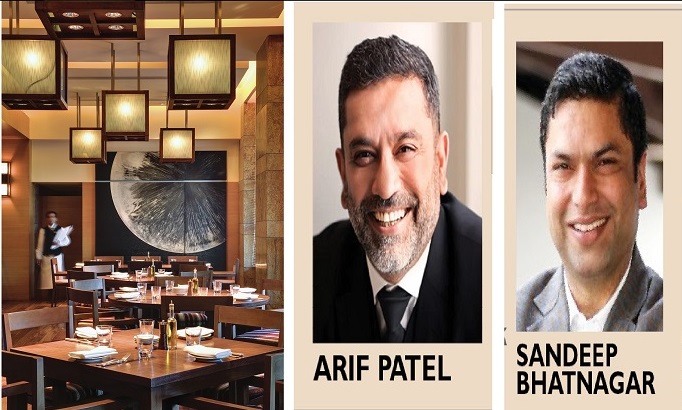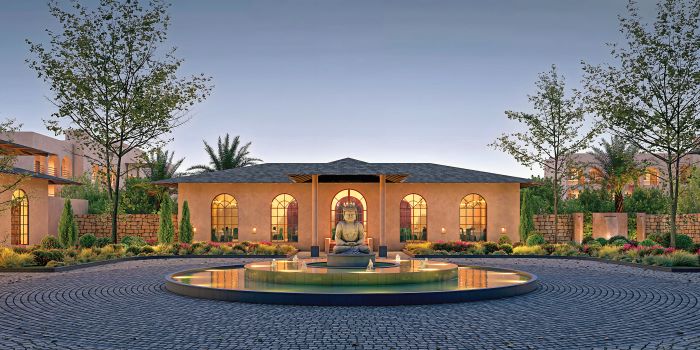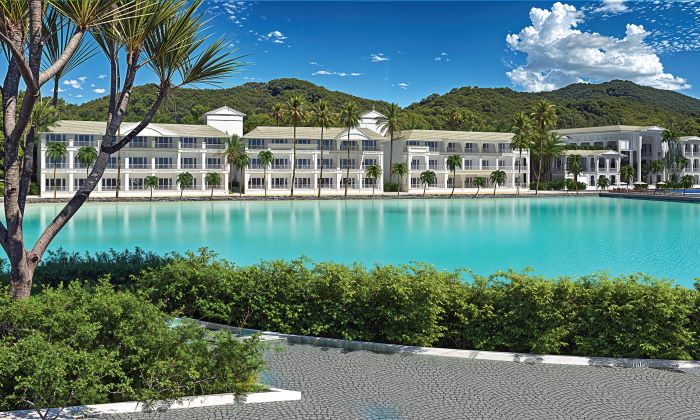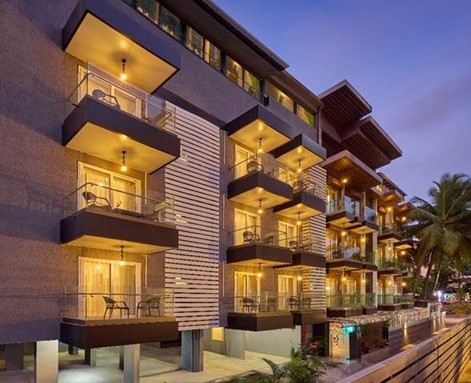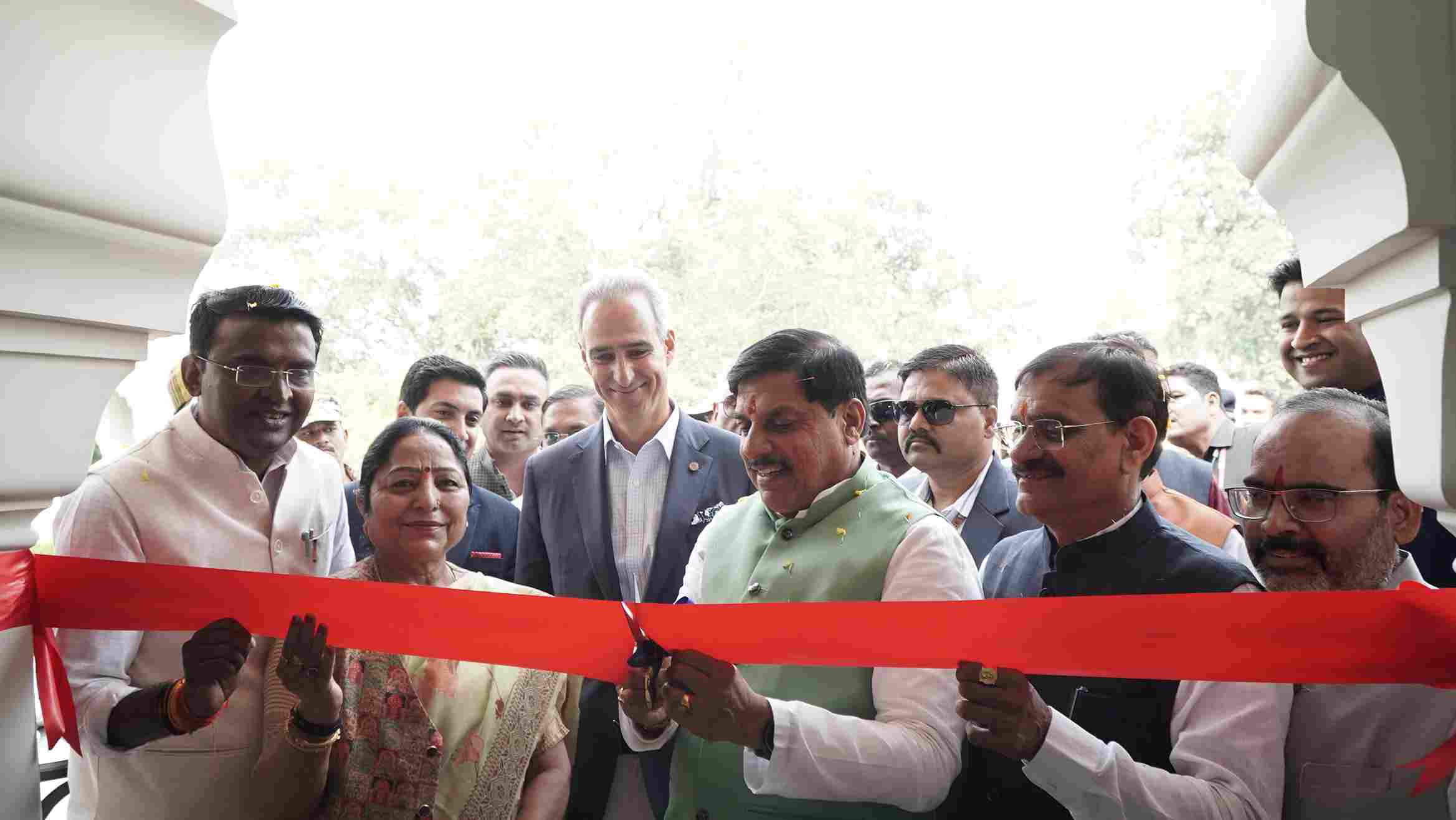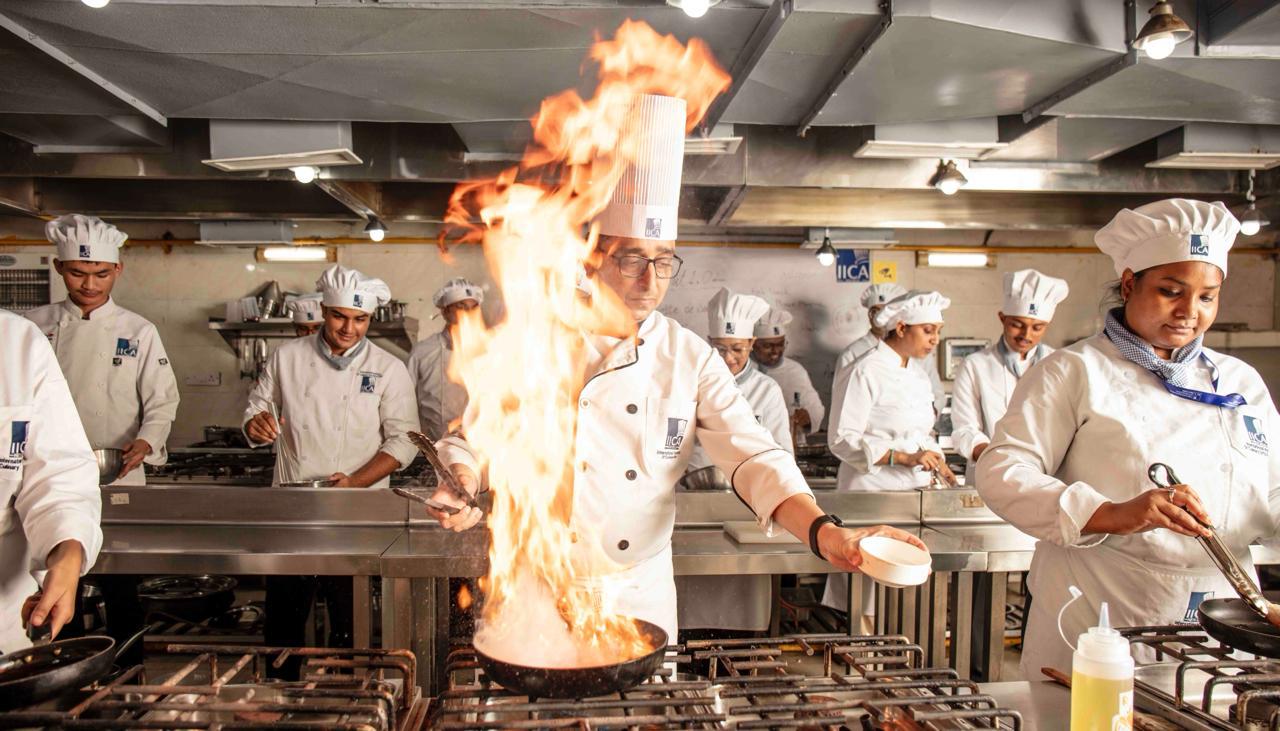The constant innovation in food and beverage outlets beyond a hotel has often raised the one pertinent question – the profitability of food and beverage (F&B) outlets within properties.
Industry reports suggest that 2019 was the best year for the hospitality industry and with no comparison to the ongoing post-COVID-19 recovery phase, food and beverage outlets have continued to fill up the cashiers for hotel
chains in previous years. Pertaining to F&B outlets, varied factors have been talked about right from innovation to local produces to giving guests a home-away-from-home experience. As Arif Patel, Regional Vice President – Sales & Marketing, Hyatt India explains,“A good hospitality experience is the exceptional food and beverage experiences, which are key enablers. This fact is well-engrained into hotels, who proactively focus on delivering unique gastronomic experiences.”
The profitability
As the adage goes, money makes the world go round, with a similar sentiment, the F&B outlets within hotels are the cash cows. As Sandeep Bhatnagar, General Manager, Ramada Plaza by Wyndham Chennai, India asserts, “It is certainly profitable to have restaurants within properties, which is close to profitability touching 35%. This is just dining in-house with us after removing all kinds of costs involved in running the food outlet at a hotel. Subsequently, the in-house dining outlet also adds value for guests and generates another stream of revenue for the hotel. We have seen growth in our occupancy levels over the past three months between 12-15% and looking ahead, the restaurants will soon be back to their usual profitability levels.
Due to impacts on the hospitality industry caused by COVID-19, it has also become imperative to drive efficiency in all areas of business to reduce costs. The variety of F&B options including common kitchen for the all-day restaurant, and coffee shop with the inroom dining option has driven top line growth by way of reducing running cost.” Elaborating further, Patel says, “At Hyatt, F&B has always been an important part of the brand portfolio, with a revenue contribution of around 50%. We place a lot of emphasis on curating carefully cultivated dining experiences specific to each hotel. It has always been our endeavour to create not just menus, but differentiated dining experiences.”
arif patel
F&B has always been an important part of the brand portfolio. We place a lot of emphasis on curating carefully cultivated good hospitality experiences”
Sandeep Bhatnagar
We have seen growth in our occupancy levels over the past three months between 12-15% ; the restaurants will soon be back to their usual profitability levels”
Why dine-in?
Change is inevitable which is why most F&B outlets are looking for constant innovation in order to retain guests and this has become even more important in the current scenario. As Patel puts it out, “Generally, when guests dine in hotels, they look for ways to escape their daily routine and try something new. Basically, they covet a wholesome dining experience to derive a sense of contentment. At Hyatt restaurants, innovation and differentiation is visible in all our experiences we offer. Venues such as The Hong Kong Club and AnnaMaya at Andaz are great examples of innovation. AnnaMaya is a modern European Food Hall in India, and is inspired by the flavours of India. The Hong Kong Club offers dim sums, tasting menus and signature small plates inspired by Cantonese flavours. The Colony Clubhouse & Grill at Grand Hyatt Kochi Bolgatty promotes sustainable seafood practices fuelled by ancient cooking methods of cooking over open fires and grills. And finally, Hyatt Regency Delhi was the first hotel to promote authentic cuisine with chefs from the country the food originated in, as well as import produce from the country of the
cuisine’s origin.”
However, Bhatnagar has a different take, explaining that travellers opting to stay in hotels these days expect a guarantee towards safety of their health. The standards of hygiene maintained by hotels are surely
uncompromised and have several quality checks in place. The foods served definitely have a much stronger assurance of quality and safety than most single/standalone restaurants, which is much needed in the given scenario. The other factor is that a business traveler comes with the expectation of fast service available just at one single call. Lastly, dining-in offers flexibility, saving time and effort along with personalisation.
The differentiation
The vast variety of F&B outlets has certainly led to stiff competition thereby giving guests a tough choice with hotel chains. Several factors are taken into consideration such as loyalty programmes, out of the box thinking and much more in order to tap guest preference. Guests prefer on-site F&B outlets as they are convenient and offer a vast array of options. As Bhatnagar states, “On-site restaurants also create intangible benefits, if planned well as that retains hotel guests who enjoy in-house offerings rather than stepping out for a meal. Local residents also visit the on-site restaurants which helps hotels to break-even.”
The challenge
The fancy of dining at a star hotel has always been a lure for many guests as well as locals. However, there is constant innovation required in order to be on top of the line and stay profitable. In today’s tough times, hotels certainly ensure one fact and that is the quality of food and service. Reiterating the fact, Patel adds, “F&B services and outlets within hotels contribute significantly towards driving overall reputation of the property in a market. It is therefore imperative that hotels choose the finest quality of produce. At Hyatt, while devising the menu, it has been our mantra to choose a global menu with local, seasonal produce taking centre stage and narrate a story around it.”
Bhatnagar on the other hand comes with a different view. In his words, “Extensive marketing is a challenge and many competitors use e-commerce platforms to offer door delivery. This factor forces a hotel to redesign their strategy on a regular basis to meet expectations of the guests. The e-commerce platform offers several discounts there presenting a plethora of options for guests. Second, the next big challenge is turnover of talent. In the current scenario, there are wide options of switching jobs, so if employees are not well-engaged then you always have a fear of losing your well-trained staff to competitors in the market.”
F&B is here to stay
A hotel guest be it a tourist or businessman is always looking for convenience be it in their choice of stay or even food. The F&B outlets within hotels offer exactly that and much more as Patel explains, “In addition to driving revenue and attracting more guests, dining outlets at hotels contribute significantly towards building reputation of a brand as a one-stop-destination. Moreover, for Hyatt, nurturing the local community is a key priority and through our F&B portfolio, we are able to not only engage with neighbouring raw material suppliers, but also help them generate a consistent revenue stream.” Bhatnagar concludes that F&B outlets make a hotel complete in its true sense. Having F&B outlets certainly helps driving the profitability in a big way. In fact, in certain hotels, the F&B revenues are surpassing room contribution to overall business too and in some cases such outlets play a role even in the decision of selecting the hotel to stay.


